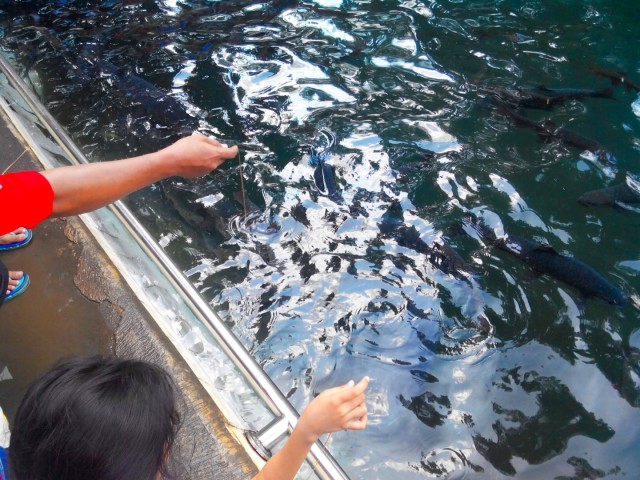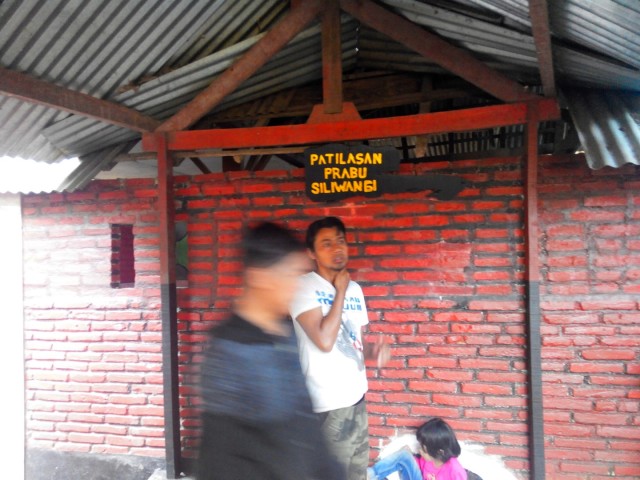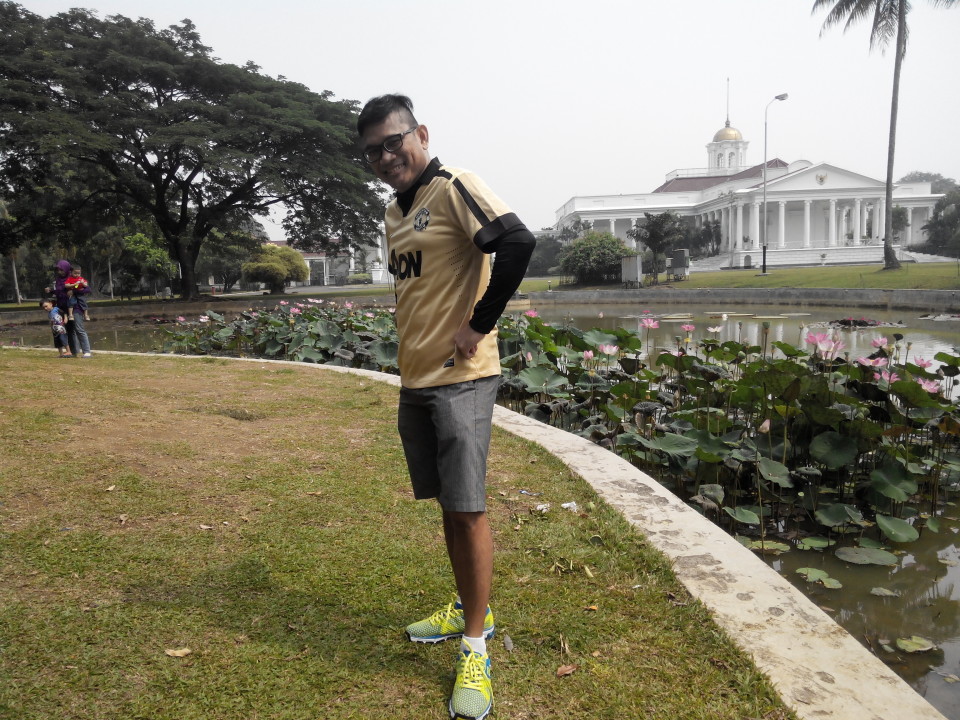Cibulan, The Wishing Well Journey.
Religion and spirituality are common motivations for travels and experiences, with many major tourist destinations having developed largely as a result of their connections to sacred people, places and events (Raj and Morpeth, 2007).
Religious tourism can create strong human relationships and significant human mobility around the world. Special scenes, geographical and cultural landscapes appear around religious tourists (Michalko 2005).
Pilgrims often regard the journey they take as a physical manifestation of an inner spiritual journey, with the path travelled being a framework for the travel within (Hall 2006).
Worldwide, national and international religious and spiritual travel in the form of pilgrimage and religious tourism is one of the fastest growing forms of tourism (WTO, 2011; Olsen and Timothy, 2006; Rinschede and Bhardwaj, 1988).
It is agreed generally that ‘traditional’ pilgrimage is a journey inspired by spiritual or religious reasons to a ‘hallowed place’ that could consist of:
- Elements of the natural and geographical environment such as mountains, rivers, springs, trees, caves, lakes, islands, groves or even animals.
- Religious edifices such as churches, cathedrals, mosques, sites of revelations or the activities of the religious founders, temples, synagogue or shrines.
- General venue for religious and spiritual activities, ritual or festivals (Cohen, 2000:438, 2006; Hosta and Limon, 2009; Davidson et al., 1990; Morinis, 1992 and Shackley, 2006)
If we visit Kuningan regency, West Java, there is a natural bathing pool,Cibulan, precisely in the Village of Kidulmanis, Jalaksana District, about seven kilometers from Kuningan City, whereas from Cirebon City approximately 28 kilometers.
According to the Cibulan keeper, Ikin, Cibulan derived from Cai Katimbulan or in Indonesian means arising water. In each Cibulan pool inhabited Kancra Bodas Fish or Gods Fish.
“So visitors who swim in Cibulan bathing pond can directly interact with the god fish, the size of the god-fish are about 20 centimeters to 1 meter “.
Ikin continued, Bodas Kancra fish or god-fish is sacred fish by Kidulmanis villagers, because the fish has a privilege. It is said that this fish is a former incarnation of the King Siliwangi rebellious and unfaithful warrior. They were cursed by Siliwangi King. It is believed, from the beginning until now the number of the fish is always the same, no increases or even decreases.

In addition to the natural bathing pool, it is known for its 7 wells pilgrimage tourism. It is said that if we do ablution or bathing in the well water, all the prayer we ask to God will be granted.
Whereas if we look at 7 wells, right in area of Cibulan bathing pool, we will be presented by 7 wells, where each have privilege;Glory Well, Nobel Well, Granting Well, Planning Well, Cisadane Well, Prosperity Wells, and Safety wells.


The springs in Cibulan always clean, clear, and plentiful even in the dry season, therefore, other than as a place for recreation, Cibulan also as be a source of water for PDAM (Regional Water Company) of Kuningan District.
Every day this sacred place always packed with domestic tourists from West Java, Jakarta, and also Central Java, even in weekend or holiday, visitors can be thousands of people.
Visitor’s reason to visit Cibulan attractions is curiosity of myths. Tourist wants to see directly the god’s fish and can also wash their face at the 7 wells.


Comments :